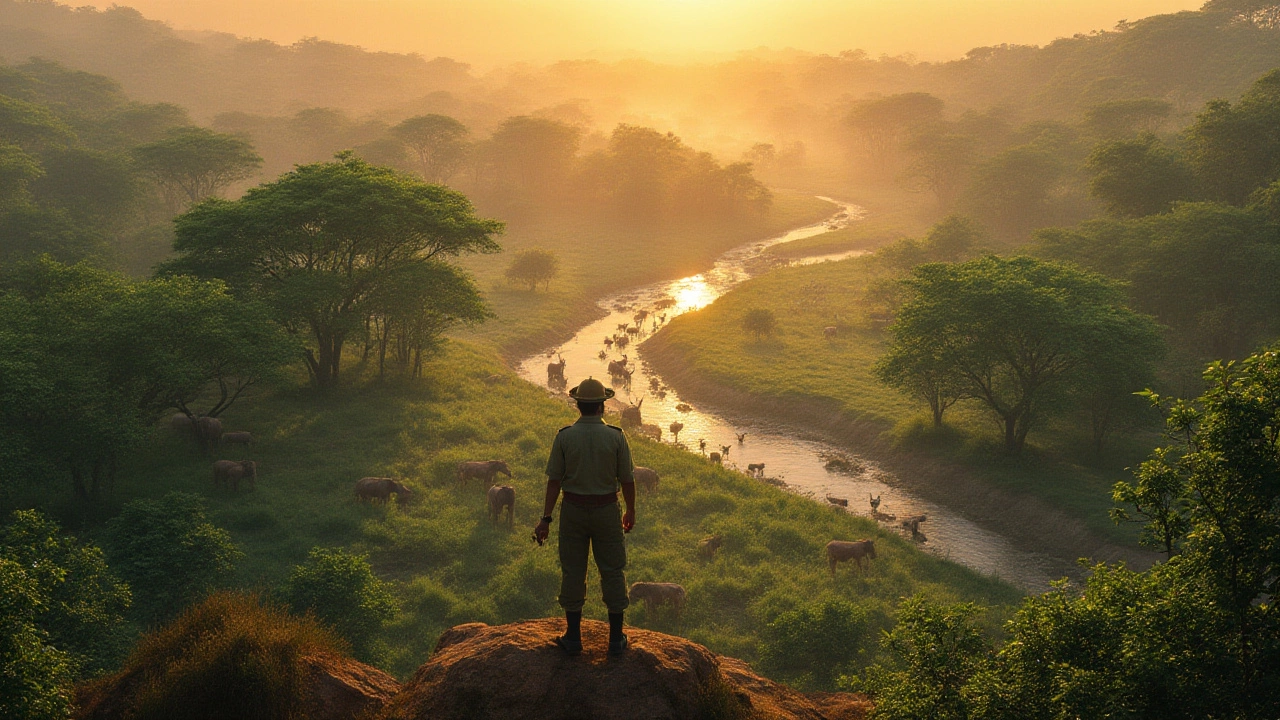
Curious which Indian state leads with the most wildlife sanctuaries? Here’s a deep dive into where nature thrives and tips for making your wildest travel plans a reality.
When you think about wildlife tourism, travel that centers on observing animals in their natural habitats while supporting preservation efforts. Also known as wildlife travel, it directly connects to wildlife sanctuaries, protected areas where native species are monitored, fed and shielded from threats and to safari experiences, guided tours that let visitors spot tigers, elephants, birds and more in the wild. Both are core parts of eco‑tourism, responsible travel that benefits local environments and communities, and they rely on solid animal conservation, efforts to protect species from poaching, habitat loss and climate pressure. In short, wildlife tourism is a three‑way street: you get unforgettable wildlife encounters, local economies gain income, and conservation projects receive crucial support.
Why does this matter for a traveler in 2025? First, the Indian government has expanded the network of sanctuaries by 15% in the last three years, opening new corridors for leopards in Madhya Pradesh and for migratory birds in Gujarat. Second, many operators now offer low‑impact safari packages that limit vehicle numbers, use electric jeeps and follow strict waste policies – a clear sign that eco‑tourism isn’t a buzzword but a working model. Third, community‑run lodges near Kaziranga and Periyar let visitors stay with host families, turning traditional tourism into a platform for animal conservation funding. The semantic link is simple: wildlife tourism encompasses safari experiences, requires wildlife sanctuaries, and thrives when eco‑tourism practices are in place. Those connections shape everything from park entry fees to the best time of year to visit – for example, the monsoon season boosts bird sightings in Bharatpur, while the winter months offer clearer views of big cats in Ranthambore.
Below you’ll find a curated mix of articles that break down the practical side of the journey. We cover everything from choosing the right sanctuary for your interests, understanding the permits needed for a tiger‑spotting safari, to tips on minimizing your carbon footprint while traveling. Whether you’re a first‑time visitor looking for a short jungle trek or a seasoned photographer hunting rare wildlife moments, the posts ahead give you the tools to plan confidently. Dive in to see how each piece ties back to the core ideas of wildlife tourism, and start shaping an adventure that supports both your wanderlust and the planet.

Curious which Indian state leads with the most wildlife sanctuaries? Here’s a deep dive into where nature thrives and tips for making your wildest travel plans a reality.